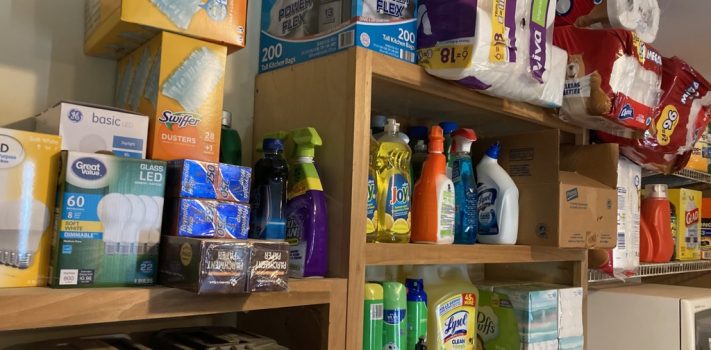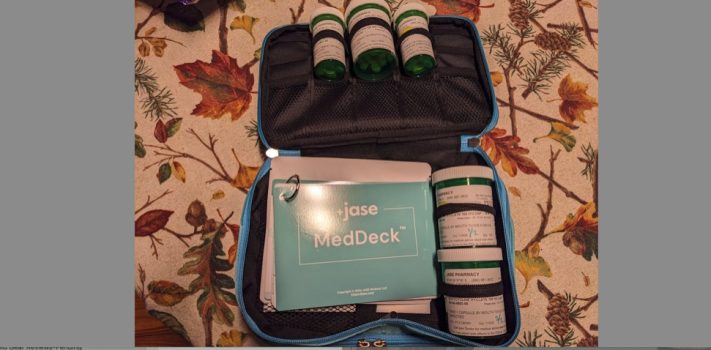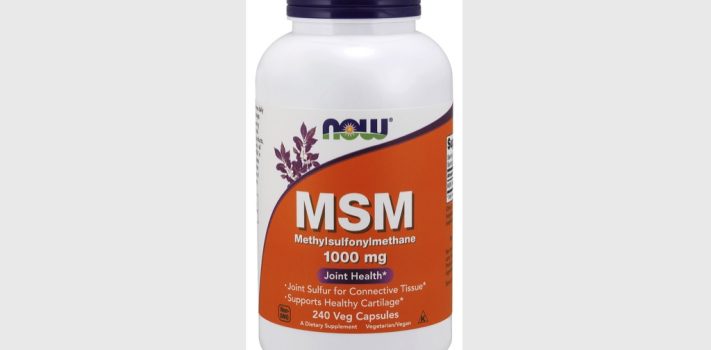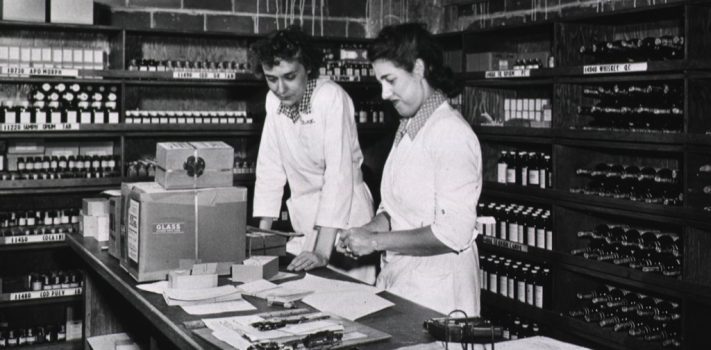Update: Honey–Storage Life, Crystallization, Storage Quantities, and Medicinal Uses
JWR’s Introductory Note: This is an update to an article that I wrote for SurvivalBlog in March, 2007. It is part of a series of SurvivalBlog 20th Anniversary update re-posts, in recognition of the fact that the majority of readers did not join us until recent years. — A series of letters and posts on honeybee Colony Collapse Disorder (CCD) in 2007 prompted several readers to send comments and questions about storing and using honey, which are summarized below. For some of my responses, I relied heavily on these references: The Golden Blossom Honey FAQ A Mayo Clinic web page …















